kyushu ramen and sushi
Kyushu Ramen and Sushi: More Great Dishes!

Tokyo Terry
Posted on May 21, 2025
Share:
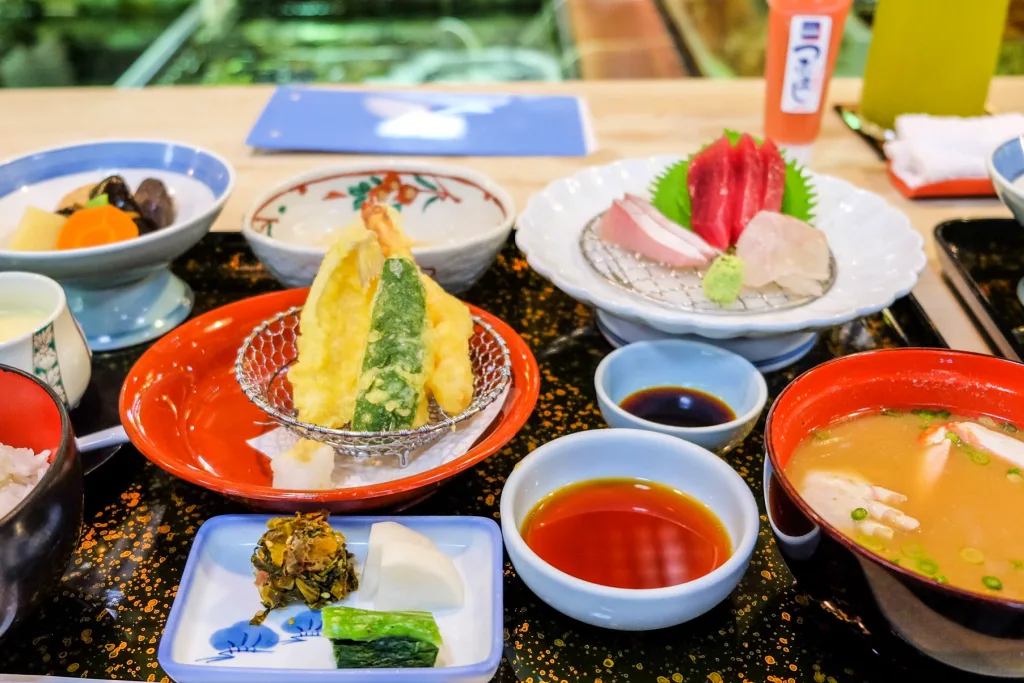
Kyushu Island is located at the southwestern tip of Japan. It is one of Japan’s main islands, and contains seven prefectures: Fukuoka, Saga, Nagasaki, Kumamoto, Oita, Miyazaki, and Kagoshima. Kyushu ramen and sushi are famous across the country, but there are many other tasty dishes from the region.
This is due to a unique combination of natural, cultural, and manmade circumstances that have combined over time. The result is a melting pot of foods that have become favorites across Japan. What makes the food from these prefectures so special? Let’s go beyond Kyushu ramen and sushi and look at some of the area’s other popular dishes!
Kyushu’s Culinary Identity
Kyushu’s cuisine is renowned for its bold flavors. Many of these have arisen because of a trade history with the nearby Asian mainland. The island’s agricultural diversity also ensures that there is no shortage of ingredients for every manner of recipe. These two factors have created local dishes that differ considerably from those found elsewhere in Japan. Even soy sauce in Kyushu (particularly in Fukuoka) tends to be less salty and slightly sweeter, so it pairs well with vegetables, meat, fish, and ramen.
Hakata Ramen
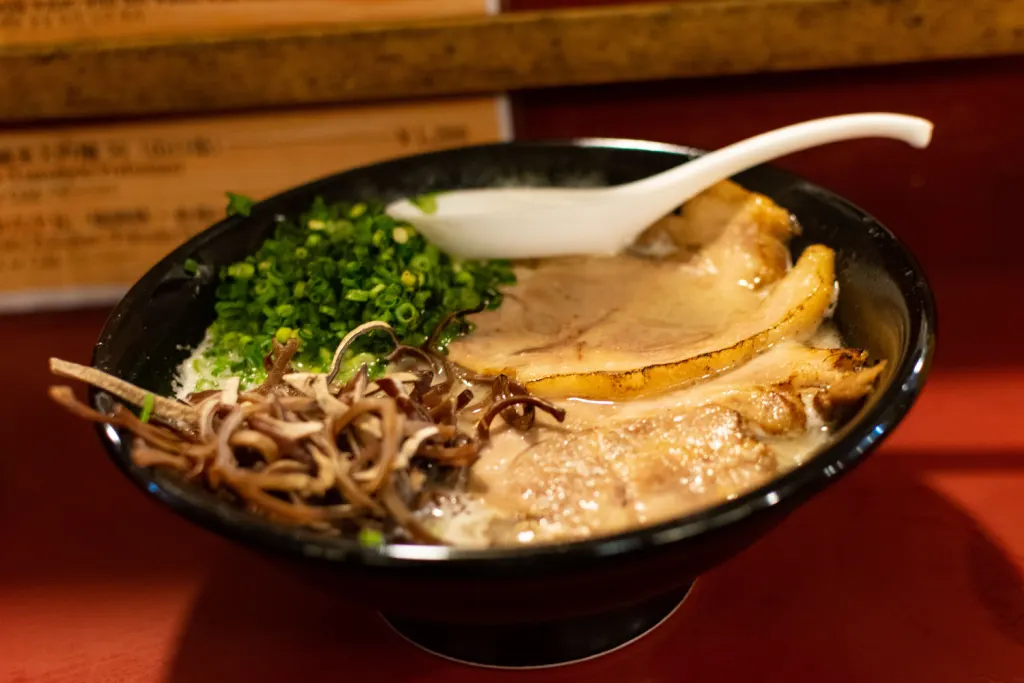
Hakata ramen from Fukuoka Prefecture is one of the most popular Kyushu dishes. It is known in Japan as tonkotsu (pork bone soup), a ramen broth made by continuously boiling pork bones for hours. The resulting collagen soup is served with firm noodles, chashu (braised pork), and toppings like green onions and pickled ginger. The kaedama system allows ordering extra noodles so that any remaining soup is not wasted. This cloudy broth gained popularity in the Showa era (1926–1989), but has since become a staple of Japanese food stall culture.
Satsuma-age
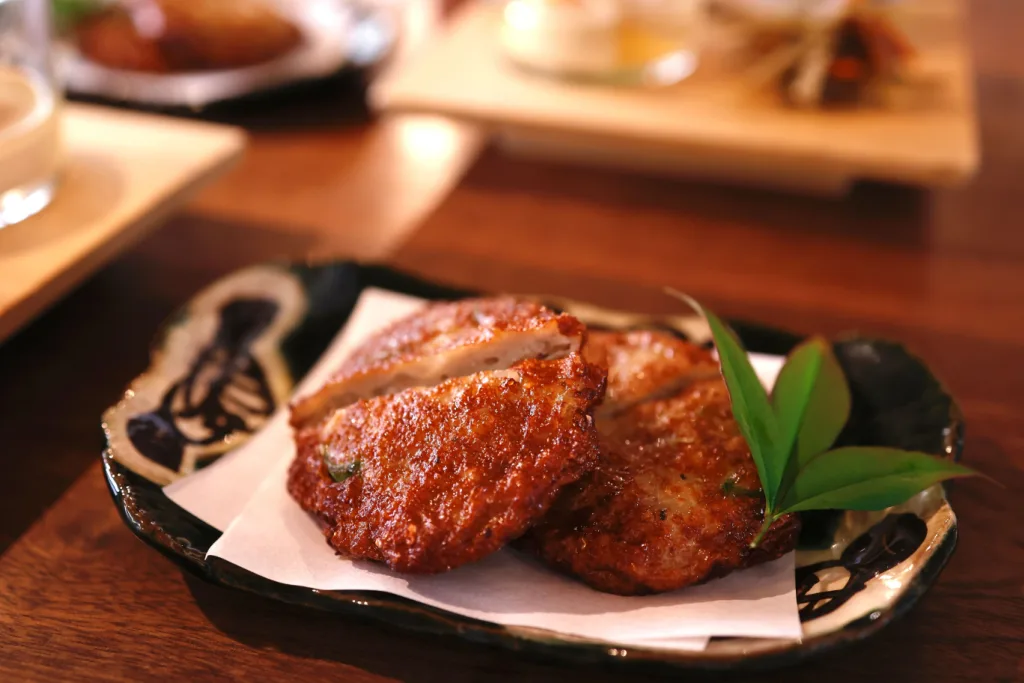
Satsuma-age is a fried fish cake that has been popular in Kagoshima Prefecture since the Edo period (1603–1868). It gets its name from the Satsuma domain, which was Kagoshima’s name then. Satsuma-age appears frequently in oden stew but is mainly consumed as a side dish. It is served with soy sauce or grated ginger and enjoyed as a snack with shochu alcohol. Its soft center of minced fish paste and crispy, golden exterior make it a perfect bar snack.
Are you looking for great snacks from places like Kyushu? Check out Sakuraco! Sakuraco delivers traditional Japanese snacks, sweets, tableware, and more from local Japanese makers right to your door, perfect for a pleasant snack time at home!
Chicken Nanban
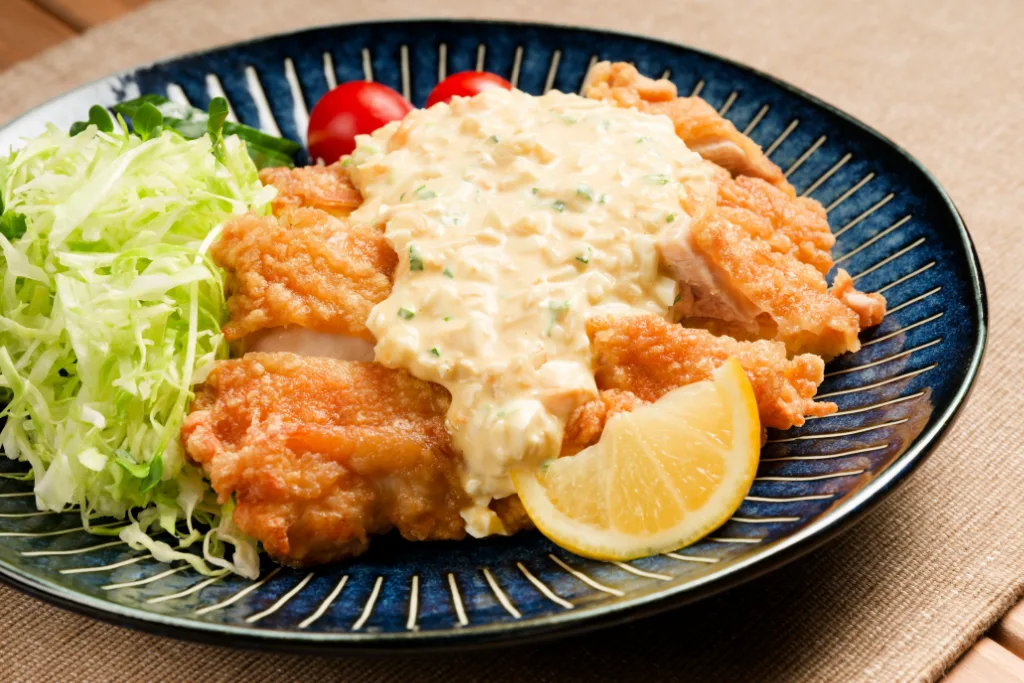
Miyazaki Prefecture’s chicken nanban is a mix of Japanese and Western influences. The name “nanban” (“southern barbarian”) is a nod to the Portuguese traders who regularly traded with Japan when it first opened to the world. Miyazaki’s warm climate favors poultry farming. And this ready supply of chicken has made nanban a regional favorite. The sweet-sour flavor of the fried chicken coated in vinegary tartar sauce appeals to locals and visitors of all ages.
Mentaiko
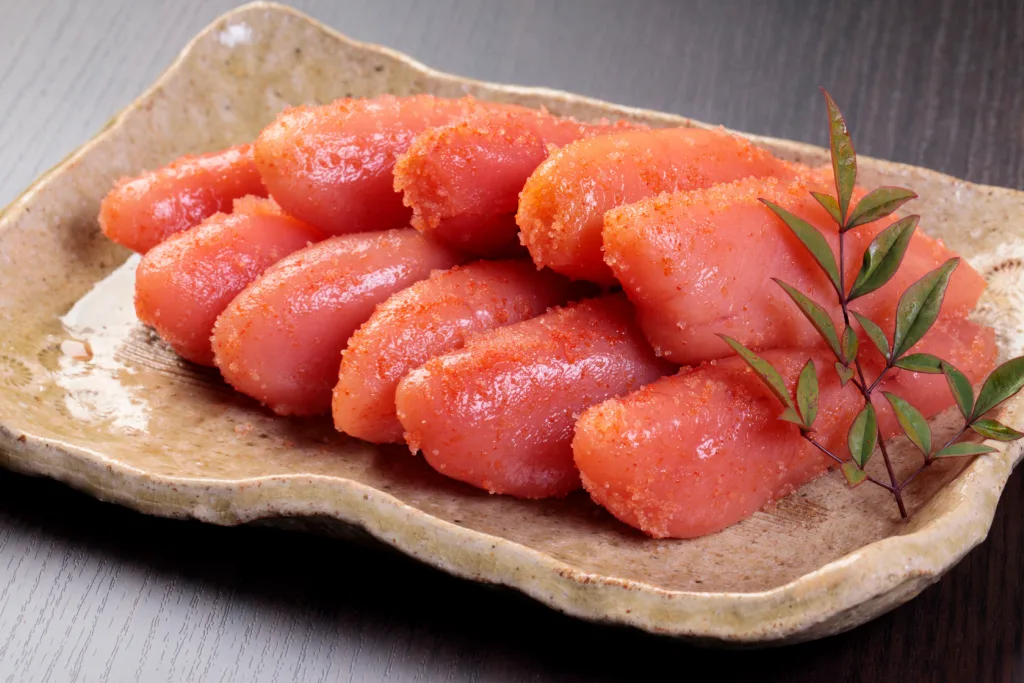
Mentaiko also became popular in Fukuoka during the Showa era (1926-1989). Its name is derived from the Japanese words for “cod” (mentai) and “child” (ko). It is a prime example of how nearby cultures have shaped food in the region. Its roots lie in Korea: Fukuoka is twice as close to Korea as it is to Kyoto. And Fukuoka’s Hakata district has long been a cod production port renowned for the vibrant red hue of its roe (fish eggs). These eggs are marinated in chili and soy sauce, then eaten with rice or as a topping on pasta or other foods.
Champon
Champon is a ramen noodle dish from Nagasaki Prefecture that appeared in Japan during the Meiji era (1868–1912). It was created by Chinese immigrants who blended Japanese and Chinese culinary tastes. The name champion means “mix,” and the dish has come to represent Kyushu’s trademark take on cuisine. Nagasaki’s port history and access to foreign foods shaped this dish’s diverse ingredients.
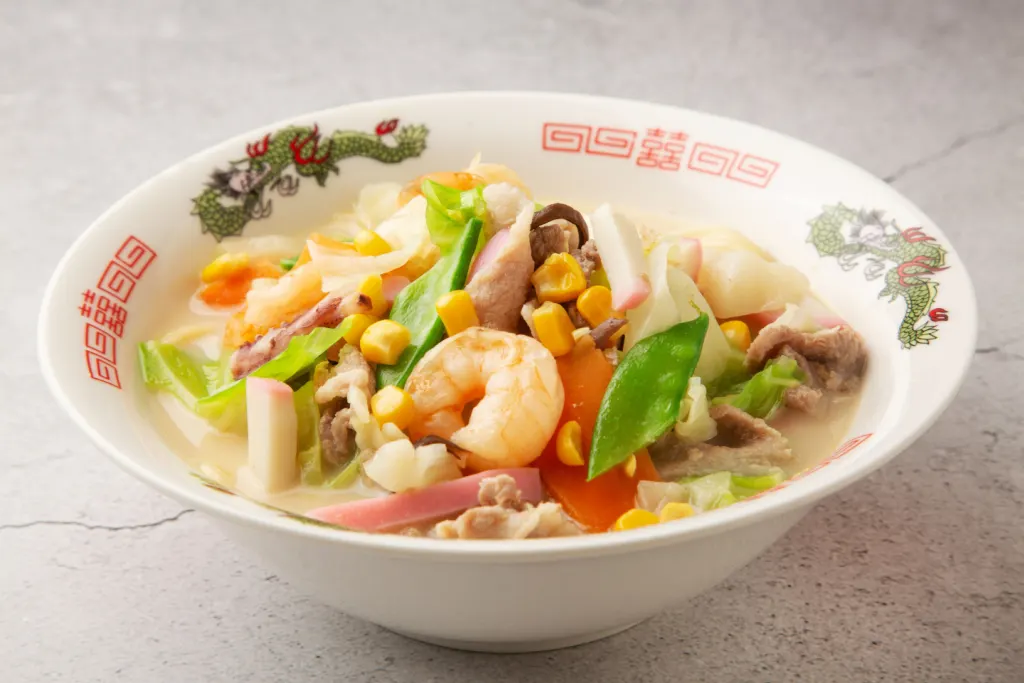
Its broth requires chicken, pork, and seafood. The soup is then covered with a hefty portion of vegetables. This hearty and colorful dish can vary considerably depending on the area, and even the shop, with some adding local seafood, such as fish cakes. Nagasaki’s Chinatown, near Tsuki-machi Tram Stop, is still a hotspot for this delicacy.
Why are Kyushu’s dishes loved in Japan?
Kyushu’s dishes are loved in Japan because their flavours differ significantly from those of their more traditional counterparts. This region’s role as a trade center has afforded it food opportunities that other parts of the country have not had. Kyushu has been in contact with the outside world for over 500 years, which has given it enough time to incorporate foreign cuisine into its local culture. Because it’s so close to Korea and China, there has been a steady flow of immigrants and ingredients to keep these foreign practices alive.
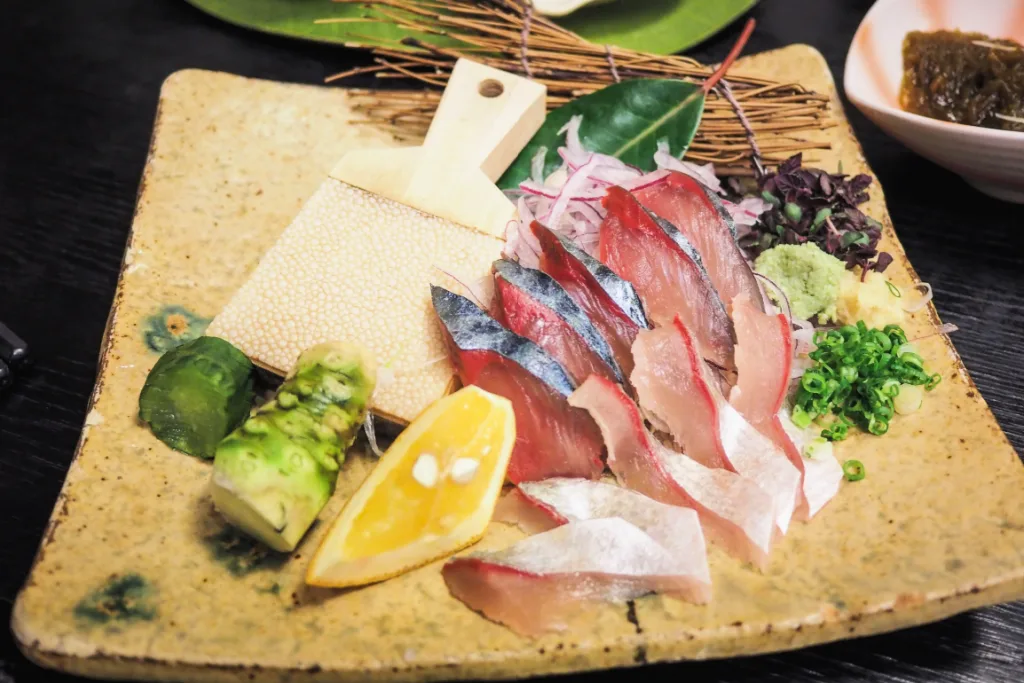
However, outside factors are not the only reason for the region’s interesting dishes. The island may be small, but its varied geography and long coastline supply many food products. It is also large enough for food preparation, and tastes vary considerably depending on the local area. Kyushu’s food is just as much about exploring the region’s history as it is about the flavor of every bite.
Overall, the dishes reflect the island’s role as a cultural crossroads and celebrate the bounty of Japan’s westernmost large island. The next time you’re in the area, why not venture beyond Kyushu ramen and sushi and try other local delicacies! Kyushu’s flavors are waiting to be explored! What are your favorite dishes from the region? Where are the best places to find them? Leave a comment below!
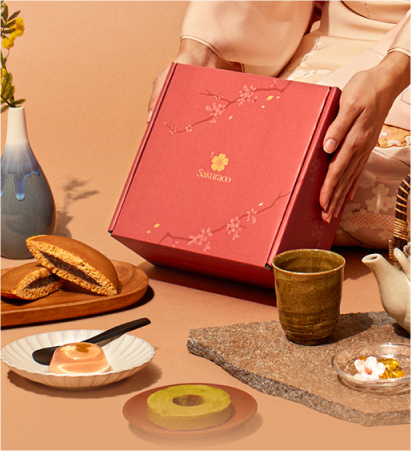
Discover authentic flavors with Sakuraco
Get Sakuraco 

Discover authentic flavors with Sakuraco
Get Sakuraco 
Related Articles
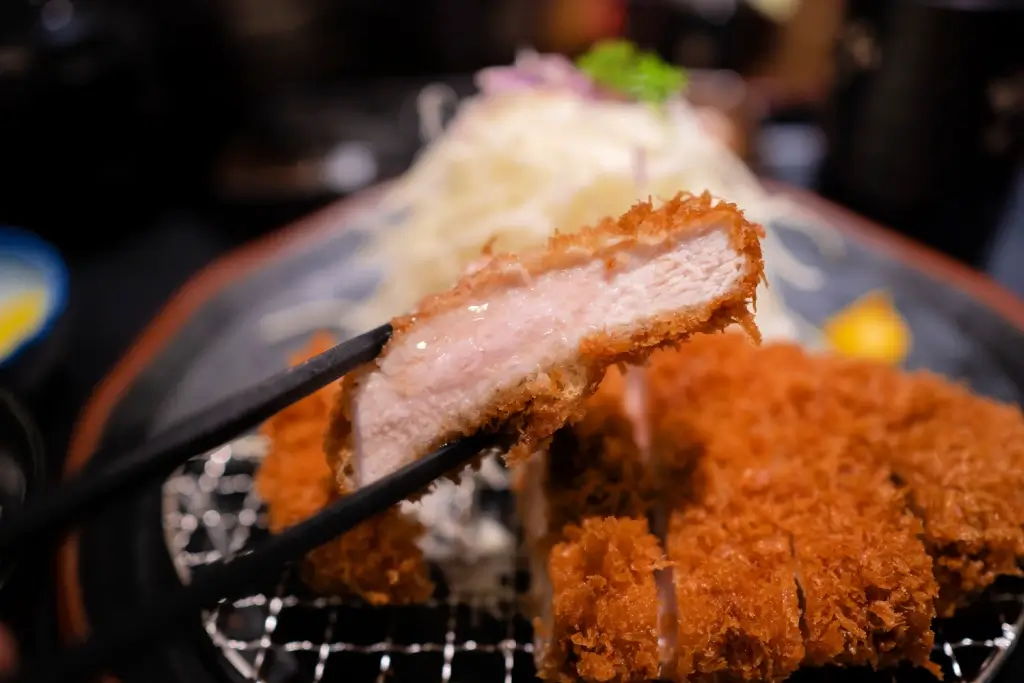
Tonkatsu Luxury Restaurants: Best Ones to Try!
Don’t miss out on tonkatsu if you’re traveling to Japan! Tourists often add the meal to their must-eat list because of its delicious and satisfying nature. Even better, you can elevate the experience by going to luxury restaurants across Japan, where you can experience some of the most celebrated pork cutlets.
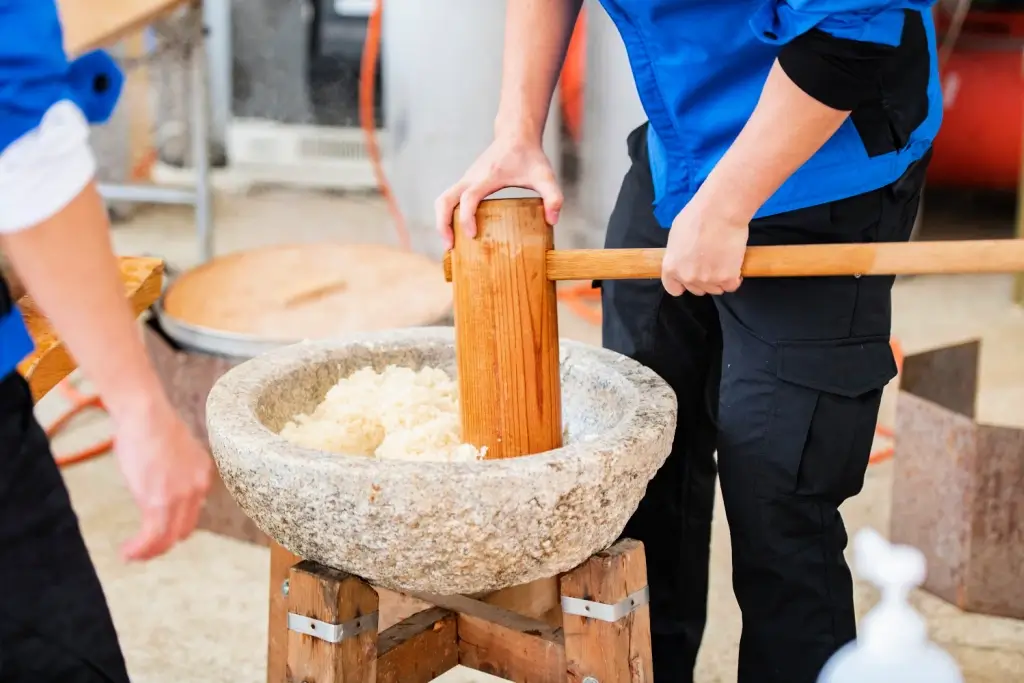
Mochi: How is Mochitsuki Made in Japan?
Mochitsuki is the Japanese tradition of pounding steamed rice to make mochi for the New Year. Families and neighbors gather to participate in this lively and meaningful tradition. The teamwork involved helps everyone feel a sense of connection.
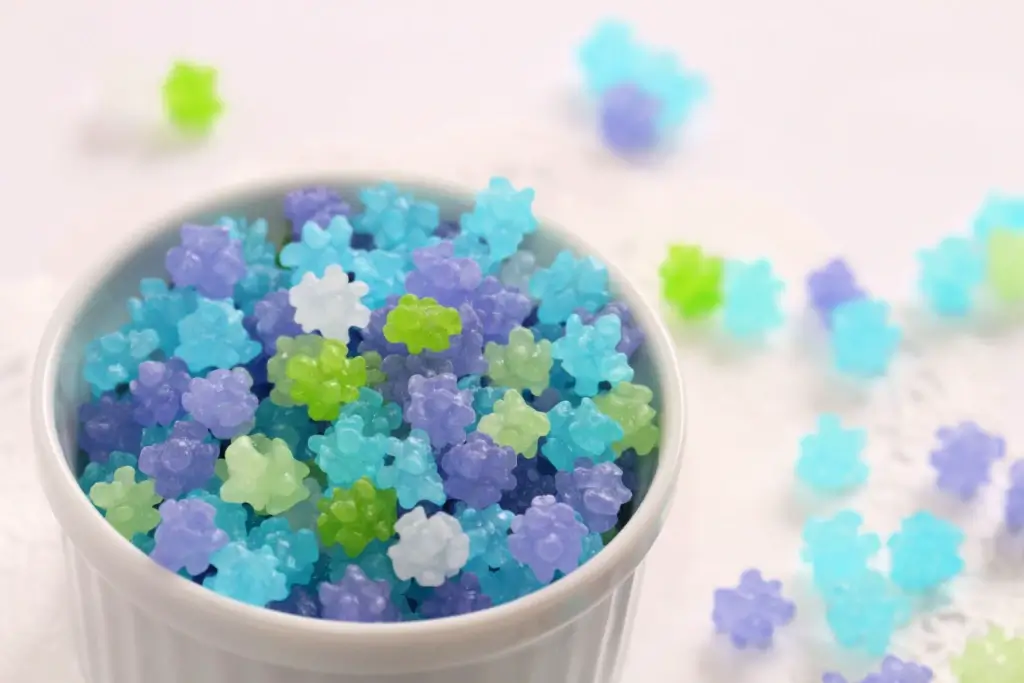
Konpeito Candy: What Makes This Starry Treat Shine?
If you are a fan of the famous Demon Slayer series, then you probably know that the favorite treat of the adorable Nezuko Kamado is those tiny, colorful little sweets.
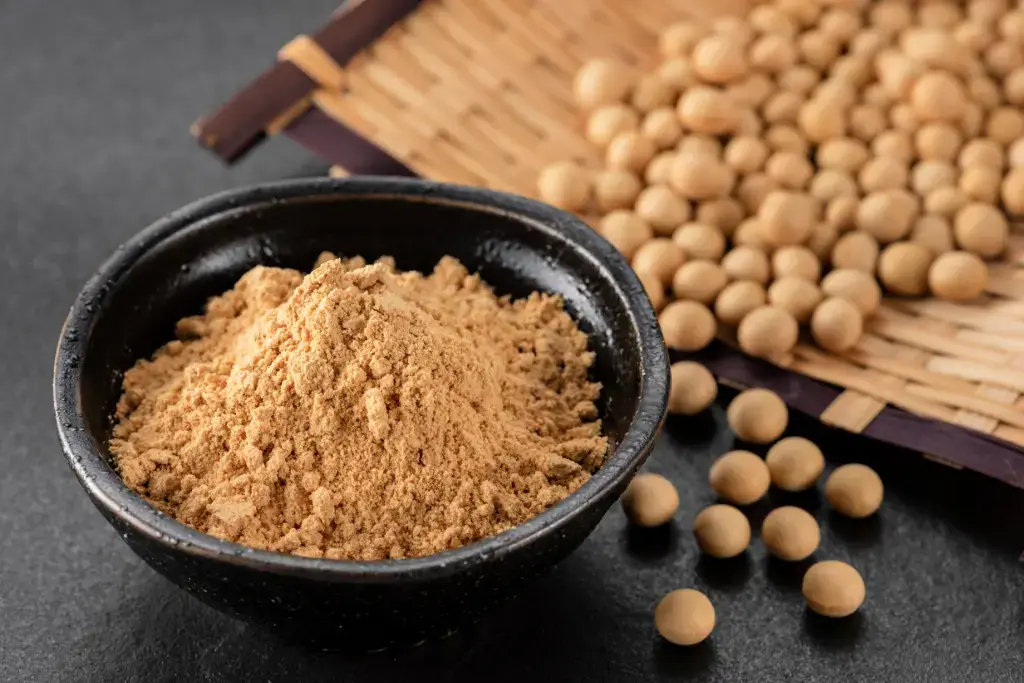
Kinako: The Amazing Roasted Soybean Powder!
Kinako is a very popular ingredient that can easily be found in many traditional Japanese sweets. It has a distinctive flavor, standing alongside other classic tastes such as red bean or sesame. Let’s explore this charming ingredient together, and who knows, you might even be able to make it in your own beloved kitchen!



